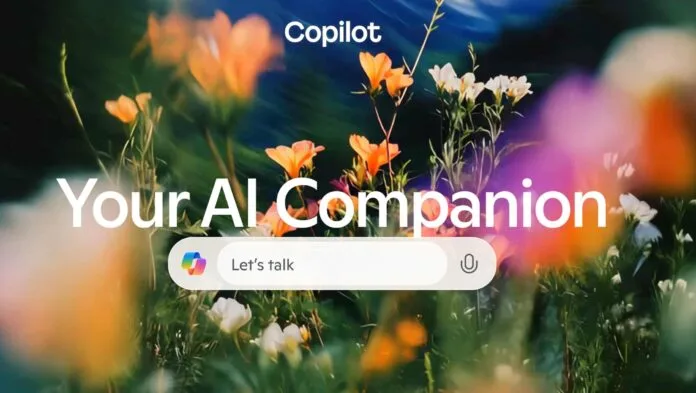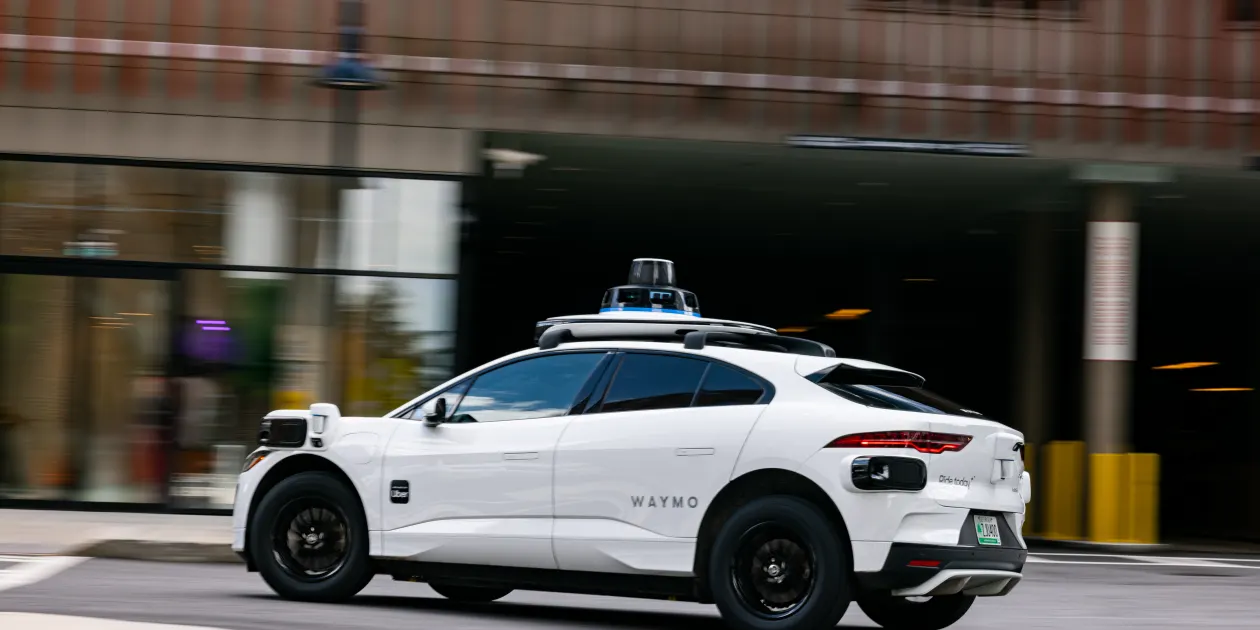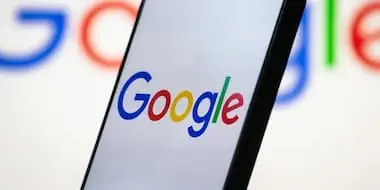Microsoft Boasts $500M in AI Cost Savings Internally Days After Slashing 9,000 Jobs
Just days after laying off 9,000 employees, Microsoft shared internal memos celebrating $500 million in cost savings from AI automation. The announcement has sparked sharp backlash over priorities, timing, and ethical use of artificial intelligence.
Microsoft is once again in the headlines—but not for launching a new product or expanding its AI empire. This time, the tech giant is facing mounting criticism after sharing internal documentation lauding $500 million in cost savings driven by AI automation —mere days after laying off 9,000 employees across multiple divisions. In internal town halls and memos circulated within the company’s Azure and Office teams, executives outlined how recent advances in AI-powered workflows, cloud infrastructure optimization, and Copilot deployments helped the company cut operational costs by half a billion dollars in under six months.
While the company framed the update as a milestone in efficiency and innovation, the timing raised immediate ethical and reputational questions. Layoffs, announced just days earlier, impacted engineering, customer service, sales, and support roles—many of which overlapped with areas where automation tools have been rolled out most aggressively. > “We’re building a leaner, faster Microsoft that’s powered by the very technology we lead in,” said one internal slide.
“AI has helped us do more with less, freeing up capital for innovation. ” Layoffs and Automation: An Inevitable Collision? This is not the first time Microsoft has made deep cuts while growing its AI ambitions. In 2023, the company laid off roughly 10,000 employees—right as it announced a multi-billion-dollar investment in OpenAI and launched its suite of AI-powered Copilot products.
The recent round of 9,000 layoffs in Q3 2025 reportedly targeted non-core roles and departments with overlapping functionality now served by AI. According to employees who spoke anonymously with Bloomberg and The Verge, several departments have shifted from full human teams to AI-human hybrid operations. For example: - Azure support teams are now heavily augmented by AI chatbots trained on proprietary customer logs.
- Microsoft 365 Copilot has reduced the need for documentation and training staff in customer onboarding. - Internal finance and HR workflows are increasingly automated through low-code AI tools. “Some of us were literally training the models that now replace our teams,” one former Microsoft engineer told Business Insider.
$500 Million in Savings: At What Cost? In raw financial terms, Microsoft’s achievement is significant. According to internal reports obtained by CNBC, the $500 million in savings comes primarily from: - Reduced headcount and operational overhead - Streamlined customer support operations via Azure AI tools - AI-augmented productivity in software engineering, leading to fewer dev cycles - Optimized cloud infrastructure usage via AI load prediction Executives reportedly plan to reinvest part of these savings into further AI development, including expanding partnerships, GPU infrastructure, and Copilot’s enterprise reach. But for many employees—past and present—the messaging felt hollow and even cruel.
> “The human cost of ‘efficiency’ is real,” said a former program manager. “We built this machine, and now it’s spitting us out. ” Ethical Backlash and PR Fallout The juxtaposition of mass layoffs and internal celebration of cost-cutting has ignited a wave of criticism on social media and in the tech press.
- _“This is late-stage capitalism in full display,”_ wrote one viral X user. - _“Imagine being laid off and then hearing the company saved $500M thanks to AI replacing your job. Tone-deaf doesn’t begin to cover it,”_ said another.
Tech ethicists and labor advocates echoed the concern, warning that unchecked AI-driven job displacement is accelerating without meaningful safeguards. > “We are witnessing the real-world impact of automation at scale—and it’s not theoretical anymore,” said Veena Dubal, professor of law and labor studies at UC Hastings. “Companies are touting these as breakthroughs while real workers pay the price.
” Microsoft’s Official Response: Innovation or Insensitivity? Microsoft has defended its approach, arguing that the transition to AI-augmented operations is part of the natural evolution of the tech sector. In a statement, a spokesperson said:> “We are committed to responsible AI deployment that drives innovation and enhances productivity. These changes allow us to better serve customers, invest in future products, and remain competitive in a rapidly changing industry.
”Yet the company has not directly commented on the internal memos or addressed the timing of the announcement. Wall Street Shrugs, for Now Despite the controversy, investors have responded positively. Microsoft stock rose 3.
4% the day after the reports emerged, buoyed by analysts who praised the cost-efficiency and AI-driven margins. > “This is what shareholders want to see—proof that AI is more than just marketing,” said Morgan Stanley analyst Dan Ives. But longer-term concerns are beginning to emerge.
Some analysts caution that public trust, regulatory scrutiny, and employee morale may become real costs if trends like this continue unchecked. The Bigger Picture: What Happens When AI Wins and Workers Lose? Microsoft’s situation is emblematic of a broader economic tension. As large language models, autonomous systems, and AI copilots spread across industries, the promised productivity gains are becoming real—but often at the direct expense of human labor.
> “This is the inflection point,” said former Google AI researcher Meredith Whittaker. “Companies are showing that they can cut costs significantly using AI—but society hasn’t decided whether that’s a victory or a warning. ”Governments are beginning to take notice.
The European Union has passed new AI transparency guidelines, while U. S. lawmakers have proposed AI job impact disclosures for large firms.
Conclusion: A Watershed Moment for AI Accountability Microsoft’s announcement of $500 million in AI-driven savings—just days after laying off 9,000 workers—is more than just a financial milestone. It’s a signal that the AI age is here in full force, with all its disruptive potential. Whether this moment is remembered as a leap in innovation or a failure in corporate responsibility may depend on what happens next: Will Microsoft reinvest in upskilling, job creation, and transparency? Or will AI efficiency continue to be measured solely in dollars saved and people cut?Either way, the conversation around AI's human cost just got a lot louder.
9th July 2025



